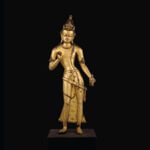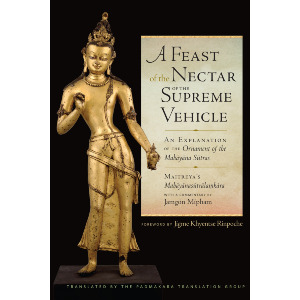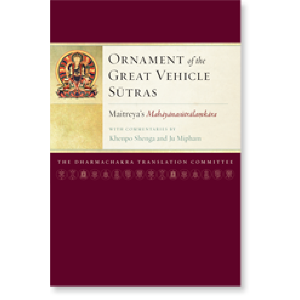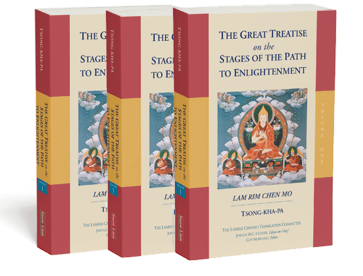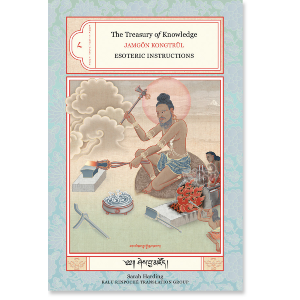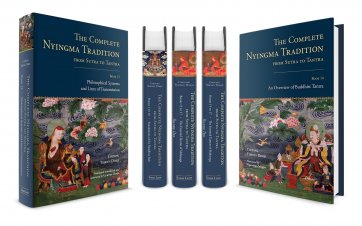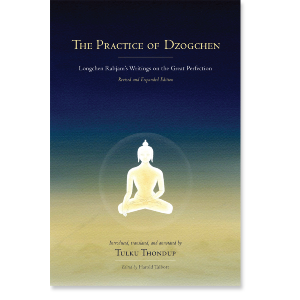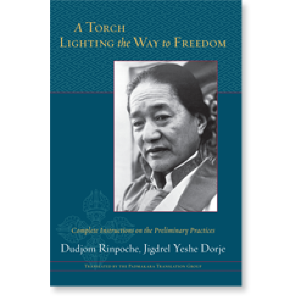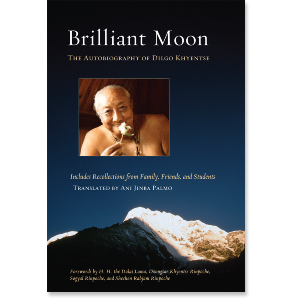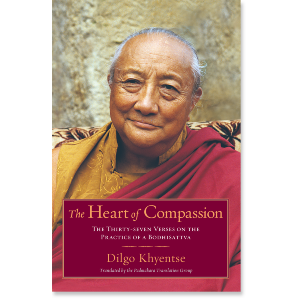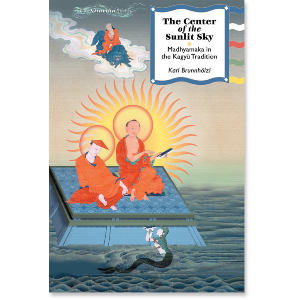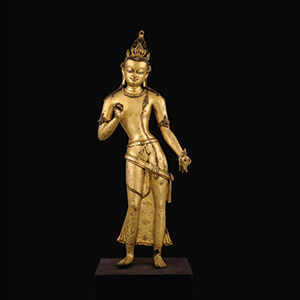
So just what is this text which is quoted everywhere but few have read?
Mipham Rinpoche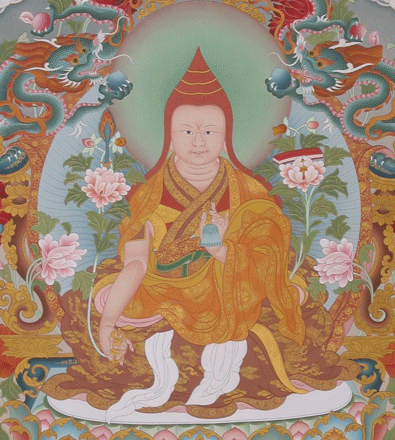 , paraphrasing Asanga's brother Vasubandu's student Sthiramati, says that this text:
, paraphrasing Asanga's brother Vasubandu's student Sthiramati, says that this text:
. . .explains all the profound and extensive practices of the bodhisattvas, which can be summarized under three headings: what to train in, how to train, and who is training.
The first of these, what one trains in, can be condensed into seven objects in which one trains: one’s own welfare, others’ welfare, thatness, powers, bringing one’s own buddha qualities to maturity, bringing others to maturity, and unsurpassable perfect enlightenment.
How one trains is in six ways: by first developing a great interest in the teachings of the Great Vehicle, investigating the Dharma, teaching the Dharma, practicing the Dharma in accord with the teachings, persevering in the correct instructions and follow-up teachings, and imbuing one’s physical, verbal, and mental activities with skillful means.
Those who train are the bodhisattvas, of whom there are ten categories: those who are of the bodhisattva type, those who have entered the Great Vehicle, those with impure aspirations, those with pure aspirations, those whose aspirations are not matured, those whose aspirations are matured, those with uncertain realization, those with certain realization, those who are delayed by a single birth, and those who are in their last existence.
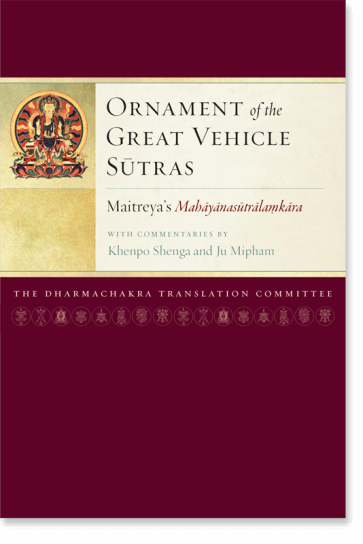
We have two translations of this text which both include the extensive and illuminating commentary by Mipham Rinpoche who based his long work on Sthiramati's famous commentary.
The first, The Ornament of the Great Vehicle Sutras, was translated by the Dharmachakra Translation Committee includes the annotations by Khenpo Shenga, who derived them often directly from Vasubandu's commentary. You can read our interview with Dharmachakra's Thomas Doctor which includes a short discussion of this text.
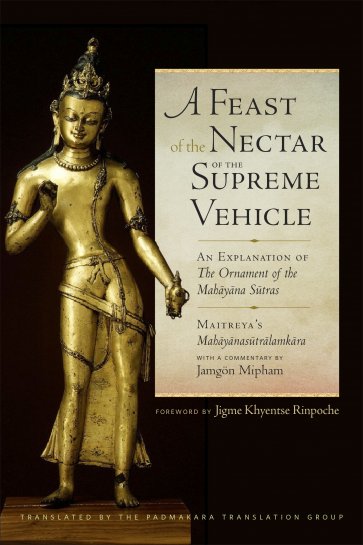
Here is the translator from Padmakara, Stephen Gethin, explaining the text.
It is hard to exaggerate the importance of this text in the Tibetan tradition. It was first translated from Sanskrit to Tibetan in the 8th century, at the time of Padmsambhava’s residence, by his disciple Kawa Peltsek. Atisha later taught it when he came to Tibet and refers to it repeatedly throughout his works. Gampopa references it in his Jewel Ornament of Liberation. The great Sakya master Ngorchen Konchog Lhundrub refers to it repeatedly in his Three Visions: Fundamental Teachings of the Sakya Lineage of Tibetan Buddhism. Virtually all the great masters of all the Tibetan traditions studied this work and its commentaries in depth.
In short, the Sutralamkara has been central to the training of hundreds of thousands of practitioners and scholars and remains today a core component of all the curriculums in monasteries and shedras.

